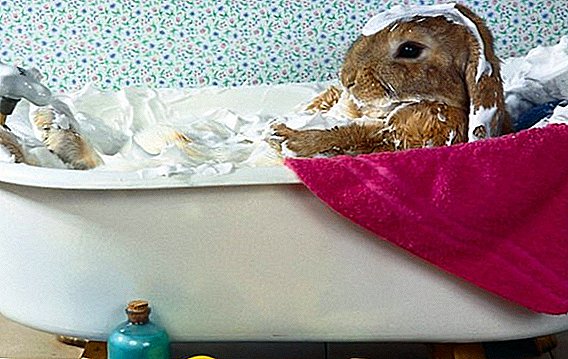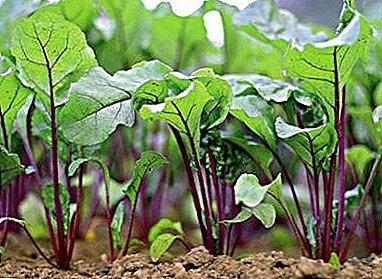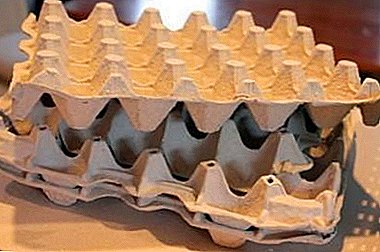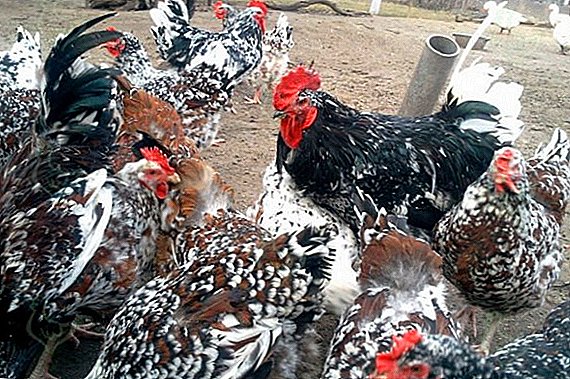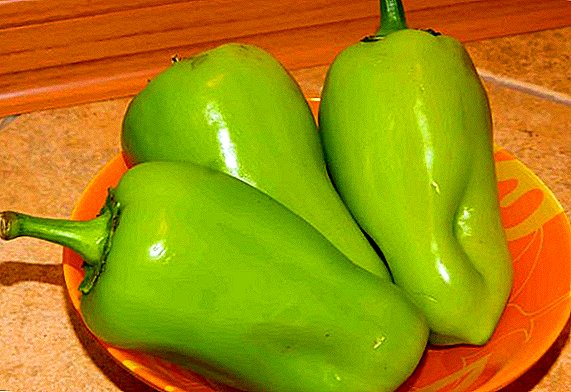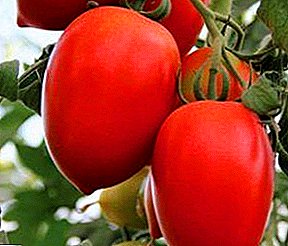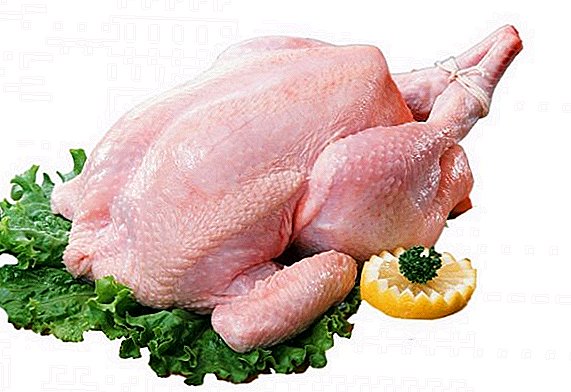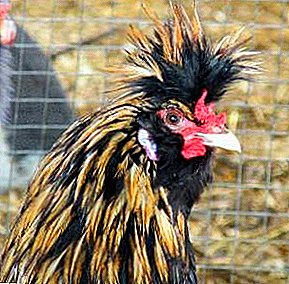
Decorative breeds of chickens are a unique decoration for each country site. They not only attract the attention of neighbors, but also bring joy to its owner every day. The most unusual hens of ornamental breeds include Pavlovsky chickens, since these birds are more like pheasants than chickens.
Pavlovsk chickens gained worldwide fame in the XIX century. At the end of this period, they became a real benchmark for all ornamental chickens raised in Russia, as they took part in many exhibitions, where they received numerous awards and respect from poultry farmers from around the world.
Unfortunately, it is not known exactly what breeds were used for their breeding. Many historical information was lost after the revolution, when this breed of chickens almost disappeared from the face of the earth.
Only the joint work of scientists and breeders could lead to in the 80s Pavlovsk chickens began to revive again. Now scientists assume that the Cochinchins from Persia and aboriginal breeds of chickens that were bred in Russia took part in the selection.
Description of Pavlovsk breed
 The head is decorated with an unusual tuft compressed from all sides. In some individuals the crest is more spreading, which is also accepted as a standard. The beak is straight and very thin, painted in light yellow, almost white, color. A detailed examination of the bird's beak can be noted unusual nostrils - they are slightly raised, resembling a box. If you look at the nostrils from the side, you can see the nasal septum.
The head is decorated with an unusual tuft compressed from all sides. In some individuals the crest is more spreading, which is also accepted as a standard. The beak is straight and very thin, painted in light yellow, almost white, color. A detailed examination of the bird's beak can be noted unusual nostrils - they are slightly raised, resembling a box. If you look at the nostrils from the side, you can see the nasal septum.
Comb underdeveloped. Above the large nostrils there is a small amount of red scalloped tissue. Closer to the parietal part of the head, several horns can be clearly seen, which are the base of a very small crest. The eyes of these chickens are slightly bulging, of medium size. They can be either black or yellow.
On the head there are peculiar tanks in the form of bulging feathers on the cheeks and under the eyes. Tanks gradually go down under the beak of the chicken, creating a "beard." Also on the sides of the neck something similar to the neck is formed. This neck has Oryol hens.
The birds have the shape of a body typical of the egg-breeds, but in terms of their parameters it is more concise. The back is of medium length, almost immediately turning into a tail that looks like a fan. It is 45 degrees from the body. The wings are developed to such an extent that the feathers end only at the tail. Sometimes they can protrude beyond the limits of the wing, but remain tightly pressed against the hull.
 Today, the Malin breed of chickens is still winning the hearts of many breeders. And there are reasons for this!
Today, the Malin breed of chickens is still winning the hearts of many breeders. And there are reasons for this!About the Lochmonogue eared hat with an amazing look is described in detail in this article.
Also characterized by a unique feathering on the legs. Feathers are present on the outer and inner sides of the metatarsus, which makes the plumage look like stockings. On the legs of chickens, hawk knee bones are well developed, represented by long and straight feathers. They grow to the middle plus, with their ends slightly bent inward.
The color of the plumage can be black and white, silver, and black and gold. The beginning and the end of each feather are painted black, but the base remains light. The middle part of the pen is completely white or golden in color.
Features
 Pavlovsk chickens attract breeders elegant appearance. It is characterized by an unusual tuft and bright coloring of plumage. That is why many gardeners tend to have at least a few such chickens on their land.
Pavlovsk chickens attract breeders elegant appearance. It is characterized by an unusual tuft and bright coloring of plumage. That is why many gardeners tend to have at least a few such chickens on their land.
In addition to elegant appearance, chickens can boast good egg production. Unlike other ornamental chickens that are not well born, these birds can lay 150 small eggs per year. This is quite a lot, as for small chickens of the decorative type.
This breed of chickens easily withstands any frost.. This property is explained by the lush plumage and extreme activity of the bird. Chickens can run around the yard all day without tire, warming during the winter.
Everything else, they are unpretentious in food. They can eat pasture, collecting insects, seeds and fallen berries on the site. They are also well resistant to any cold and other avian diseases.
Fortunately, they have no significant drawbacks. Even the young of these chickens tolerate any temperature changes well. Maybe, meat quality is poorbut this breed is intended solely for use for decorative purposes.
A photo
Describing the Pavlovsk golden breed of chickens, we can not do without photos. In the first of them you see these birds at the trough with food:
A lovely, captured couple of Pavlovskies sitting under the roof:
Beautiful couple: cock and chicken. They seemed to go on a date: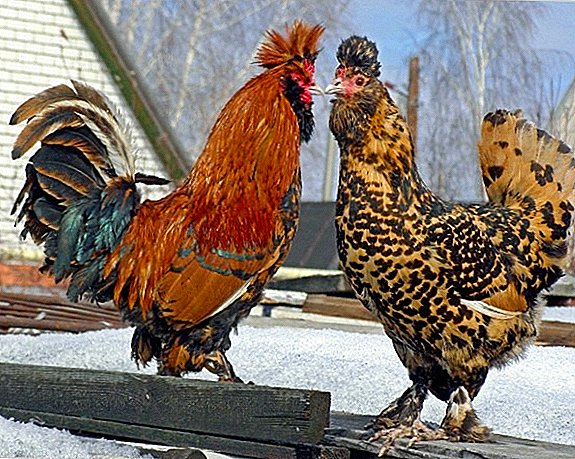
The most favorite time for birds is feeding:
Roosters are also birds. In this photo, one of the representatives kneads the wings:
And in this photo, the chicken seems to be posing in front of the lens:
Content and cultivation
 Chickens must be kept in comfortable poultry houses with a large yard for walking. Walking in the fresh air is very important for this breed, as it leads a fairly active lifestyle. These chickens can spend hours looking for insects in the grass. Even in winter, these chickens without a problem walk through the snow. From the cold they are protected by a reliable feather cover.
Chickens must be kept in comfortable poultry houses with a large yard for walking. Walking in the fresh air is very important for this breed, as it leads a fairly active lifestyle. These chickens can spend hours looking for insects in the grass. Even in winter, these chickens without a problem walk through the snow. From the cold they are protected by a reliable feather cover.
In the cold season in poultry houses you can additionally warm the floor. For this perfect hay, mixed with dry peat. This mixture perfectly retains heat, which makes living for birds more comfortable.
Birds are famous for their immunity, but in the winter season it is better to give them extra vitamin supplements. They will help the birds survive even the most severe winter, when green and live food is completely absent. In all other respects, the content is similar to the content of other ornamental and egg breeds.
Specifications
Chickens have a weight in the range of 1.8-2.1 kg, and roosters - from 2.1 to 2.5 kg. Egg production ranges from 280 to 300 eggs per year, weighing more than 55 g. Egg productivity largely depends on conditions in which the hens are kept.
Eggs have a white or beige shell. For incubation, specimens weighing more than 58 g are ideal. The average survival rate of young and adult birds is 97%.
Where can I buy in Russia?

- Buy young and adult chickens, as well as hatching eggs and day-old chicks are engaged "Bird village". The poultry farm is located in the Yaroslavl region in the purest rural areas, only 140 km from Moscow. For the latest information about the cost of eggs, chickens and adult birds, please call +7 (916) 795-66-55.
- Another place where you can buy this breed is a private farm "Fun ripple". It is located in the city of Kurgan at Omskaya Street, 144. To find out the exact cost of hatching eggs and day-old chicks, please call +7 (919) 575-16-61.
- You can buy adult chickens from representatives of the farm "Komov Dvor". It is located near St. Petersburg. You can find out the current price of a bird by calling +7 (921) 365-41-96.
Analogs
There are no real analogues, but poultry lovers can get Crested hens breed. She also has a crest that completely covers the eyes of the bird. It is much more magnificent than that of the Pavlovsky chickens, however, the egg production of the breed leaves much to be desired: laying hens can lay only 120 eggs in the first year of their productivity.
Conclusion
Pavlovsk chickens are a real achievement of the Russian poultry industry. This breed perfectly combines the qualities of ornamental and egg chickens: it has an unusual color of feathering and has a small crest, and in egg production can compete with those breeds that are used on large poultry farms.




